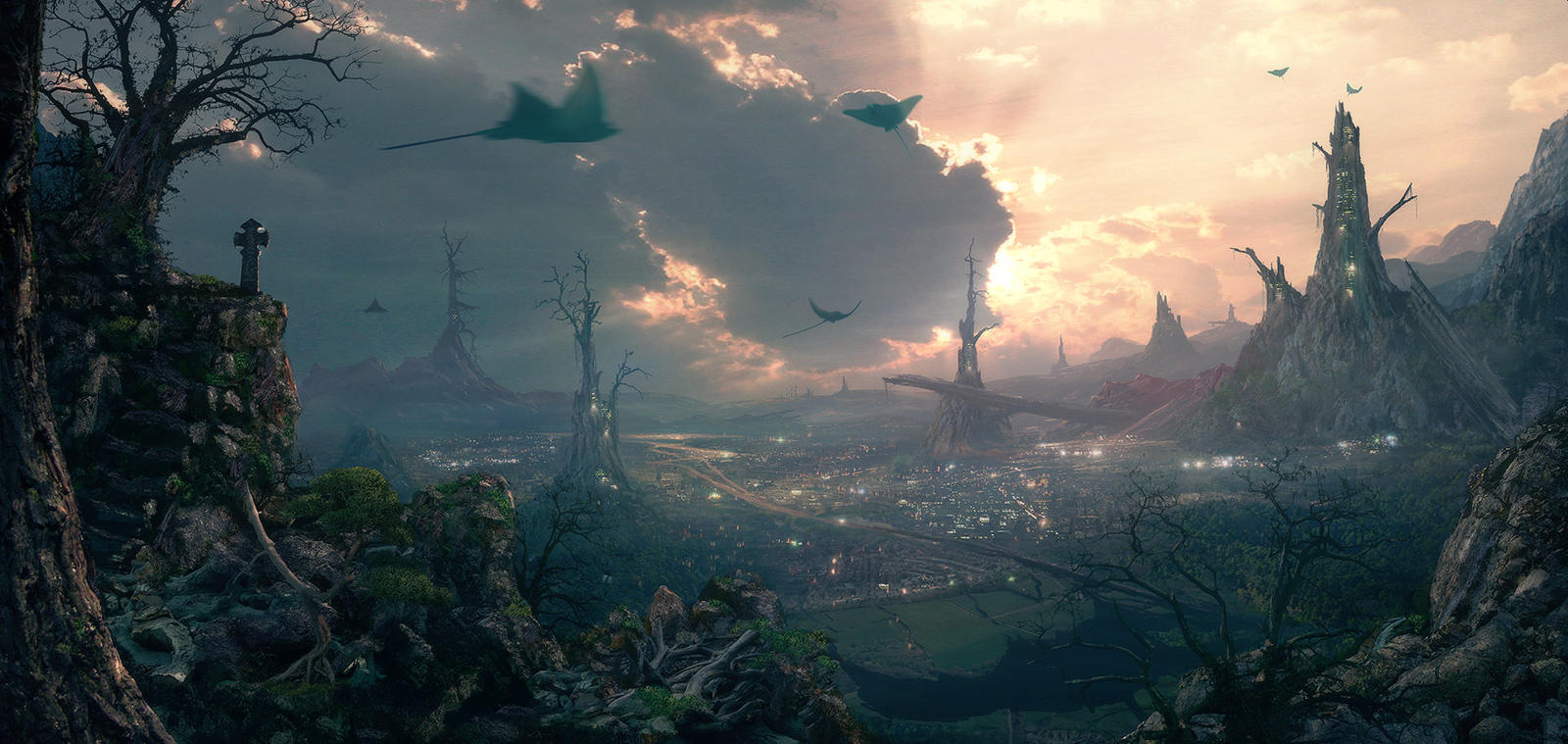I've been thinking more about what direction I'm going in with this light pollution idea, and looking at Tom Simmons' work last weekend revealed a little more to me. What my night photos reveal is the threshold between man and nature, seen more clearly than photos during the daylight hours could ever show. We use artificial lighting to control our environment, adding visibility, safety and comfort. In doing this, the fragile and ever-changing border between man and nature becomes crystal clear at night, especially through the lens and slow shutter of a still camera. I think this is inherently what has drawn me to night photography all along, I just never realized it until now.
For great night photos you really need artificial light. Since still cameras are capable of extremely long exposures you can draw light from the moon to reveal a completely dark forest. I've done this however, and the images often just come across as overcast daytime pictures. The colors are plain, and if there's no wind or moving water in the frame there really isn't anything that brings out the greatness of night photography. Now if there was a distant streetlight of if there were city lights leaking into the sky above, the picture would transform dramatically. The camera would draw from this light with exaggerated colors and exposures giving a surreal existence to everything. White balancing for the moon would make the light from that incandescent streetlight red-orange, and balancing for the streetlight would make that moonlight a supernatural blue. Additionally, you could balance for something like shade or fluorescent light and get a range of blues or oranges or anything in-between.
Setting colors aside, just the way artificial light reacts with nature is amazing. You get these rays coming from a low angle, but not in the way a setting sun hits the same side of every tree in the forest creating consistent shadow. This streetlight is microscopic in comparison, and creates this little circular perimeter of light and shadow in the forest, an interaction that plays out much differently. Last fall through spring I would take Powhite Parkway back to Richmond from work, often getting off late at night. My route almost always found me sitting at a traffic light on Cumberland and Harrison. A fence there holds back a line of bushes that reach through the porous barrier, and there was this streetlight with a tree that almost completely surrounded its light source. The leaves and branches were thus lit in a way entirely contrary to their existence, with highlights hitting the bottoms of the leaves and shadow engulfing the tops, which are normally meant to catch the light instead. The intricate branch structure was also revealed from the inside out, the small nooks and ledges where thick branches begin cascading into twigs; places behind deep foliage normally only seen by the squirrels and birds that make them home. The tree looked naked, unnatural, and surreal, but also beautiful. I want to explore this threshold where artificial light meets natural darkness, portraying intricate interactions up close as well as remote boundaries from afar. Hopefully in doing thi

s I will bring up the drastic and very possible future of a world where, outside of parks and zoos, this is the only nature that exists.
I have a lot of shooting to do, but just about all my night photos
could be tagged with this concept. For instance the picture shown here I made from some images I took last semester. I like them as an illustration of these ideas because the light from the train acts in a similar way to how Tim Simmons' lighting setups work. The few seconds of harsh spotlighting really reveals the hillside in a kind of intrusive way. The weltered grass and shrubs, the kind of plants that can adapt to life in the city, just get completely drenched in low-angle, artificial light. I felt kind of helpless and exposed myself each time a train passed, so whatever wildlife calls this otherworldly niche a home must be pretty resilient (this is the beginning of the long, thin stretch of trails, forests, and parks wedged between midtown Richmond and the North bank of the James). Using passing cars or trains might be a good way to get an accurate real-life example of the way artificial light can spill into a natural environment without going so far as creating my own light, as Simmons does, which in my case would be detrimental to the concept.






























